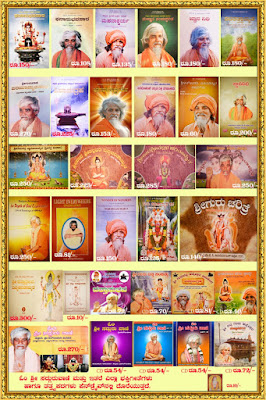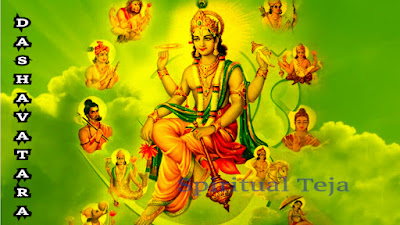Narasimha Avatar | The Man-Lion Incarnation of Lord Vishnu.
Narasimha Avatar
The Man-Lion Incarnation of Lord Vishnu
Narasimha Avatar is the fourth of the ten principal incarnations (Dashavatara) of Lord Vishnu in Hinduism. This avatar represents the divine as a half-man, half-lion, and it is associated with the dramatic story of the demon king Hiranyakashipu and his son Prahlada.
Here are the details of the Narasimha Avatar:
Purpose of Narasimha Avatar:
Narasimha Avatar was taken by Lord Vishnu to fulfill several significant objectives:
Defeat of Hiranyakashipu:
The primary purpose of this incarnation was to defeat the demon king Hiranyakashipu, who had obtained a boon that made him nearly invulnerable. Hiranyakashipu could not be killed by man or beast, indoors or outdoors, day or night, by any weapon, and on any piece of land or in the sky. Lord Vishnu, in his Narasimha form, fulfilled the conditions of this boon by manifesting as a man-lion, appearing at twilight, dragging Hiranyakashipu to the threshold of a courtyard (neither indoors nor outdoors), and using his claws (not a conventional weapon) to defeat him.
Protection of Devotee Prahlada:
Narasimha Avatar was also taken to protect Prahlada, a devout devotee of Lord Vishnu and the son of Hiranyakashipu. Despite his father's opposition and persecution, Prahlada remained steadfast in his devotion.
Appearance and Attributes:
Narasimha Avatar is a unique and powerful depiction of Lord Vishnu. In this form, the upper part of his body is human, and the lower part is that of a lion. This hybrid form was specifically chosen to fulfill the conditions of Hiranyakashipu's boon.
Narasimha is often depicted with a fearsome expression and sharp claws. He is sometimes shown with a gaping, open mouth, which is symbolic of his dramatic emergence from a pillar to defeat Hiranyakashipu.
The Legend of Narasimha Avatar:
The story of Narasimha Avatar is narrated in the Bhagavata Purana and other Hindu scriptures. According to the legend, Hiranyakashipu was a demon king who had gained immense power through severe penance and had become virtually indestructible due to the boon he received from Lord Brahma.
Despite his father's tyranny and attempts to eliminate his devotion, Prahlada continued to worship Lord Vishnu. In a fit of rage, Hiranyakashipu challenged Prahlada to prove the existence of Lord Vishnu. Prahlada's unwavering faith and devotion angered his father even more.
In response to Prahlada's devotion, Lord Vishnu appeared as Narasimha from a pillar in the royal palace, in the twilight hour. This fulfilled all the conditions of Hiranyakashipu's boon. Narasimha then proceeded to defeat Hiranyakashipu in a dramatic battle, tearing him apart with his lion-like claws.
The story of Narasimha Avatar highlights the triumph of good over evil, the power of devotion, and the divine's willingness to take extraordinary forms to protect its devotees.
Symbolism and Lessons:
Narasimha Avatar symbolizes several important spiritual lessons:
Protection of Devotees: The avatar demonstrates the divine's commitment to protecting its devotees, even in the face of seemingly insurmountable challenges.
Justice: Narasimha's appearance and victory over Hiranyakashipu represent the triumph of justice and the defeat of tyranny and arrogance.
Unique Manifestations: The avatar showcases the diversity and versatility of divine manifestations in Hinduism, where gods can take forms beyond the human.
Narasimha Avatar is celebrated in Hindu festivals like Narasimha Jayanti and serves as a reminder of the divine's omnipresence and its unwavering support for those who remain devoted and righteous.
















